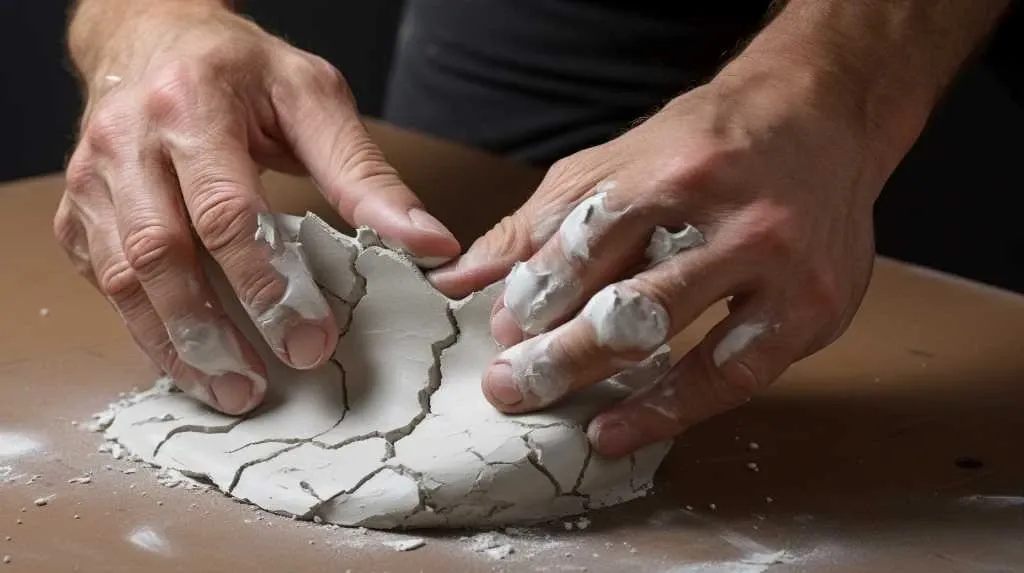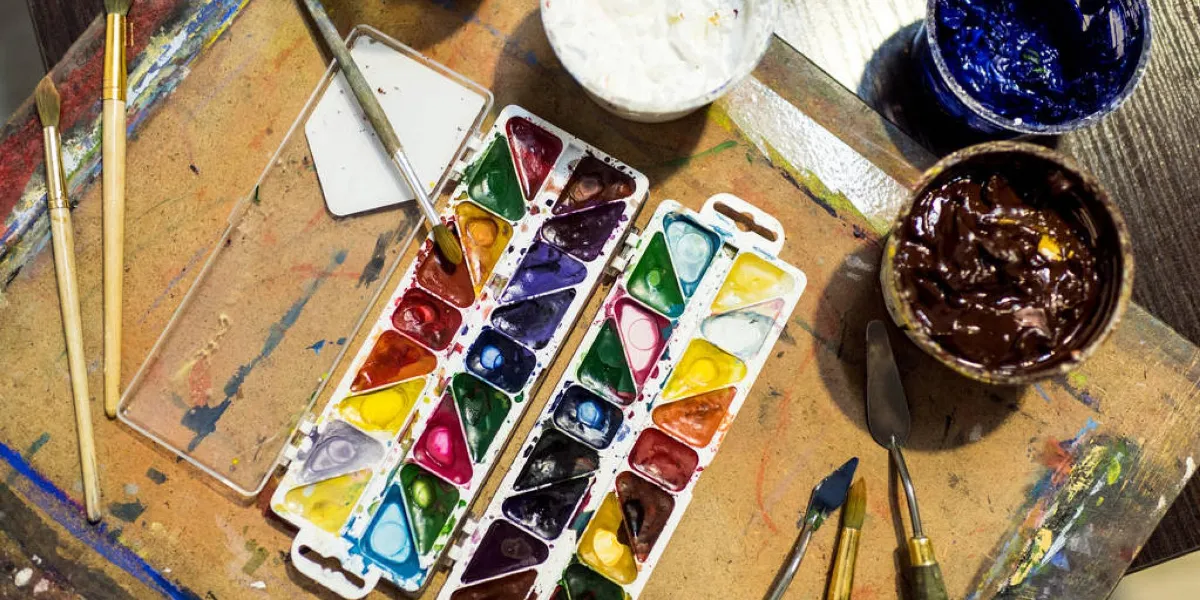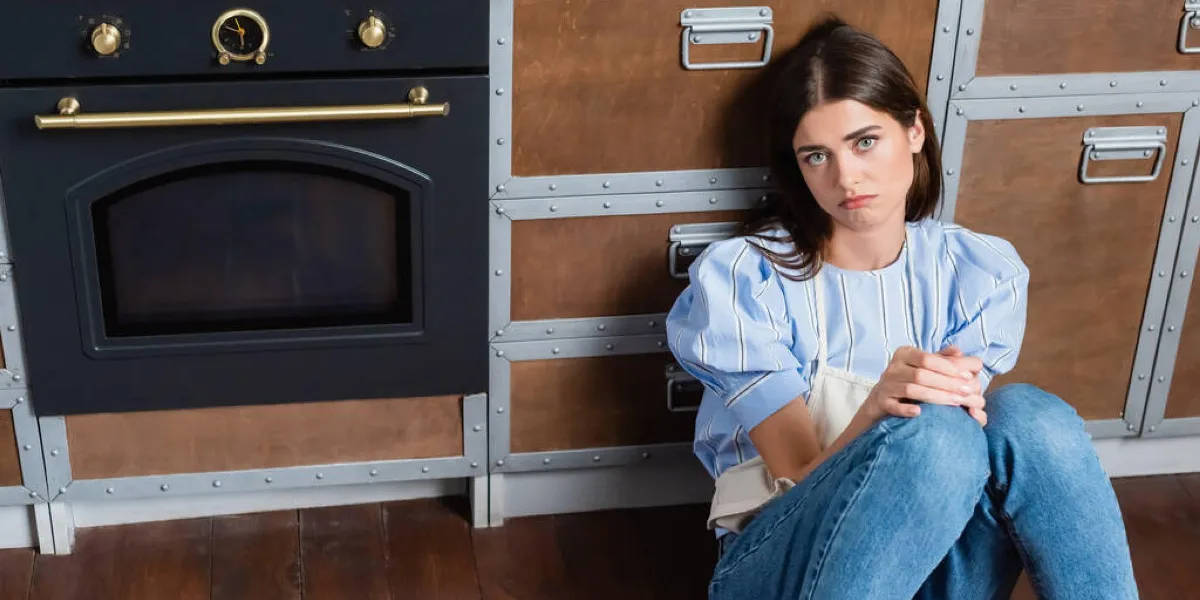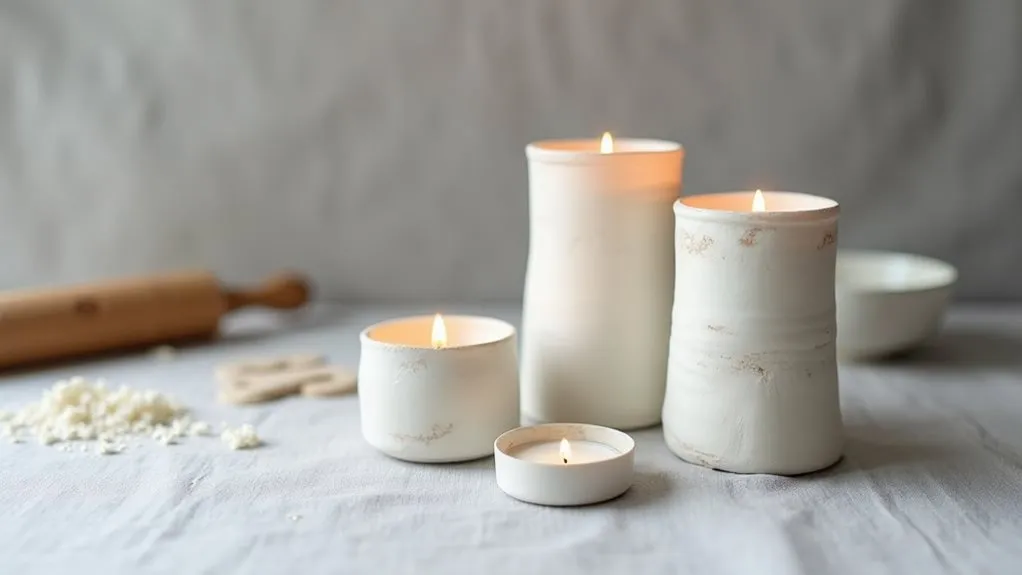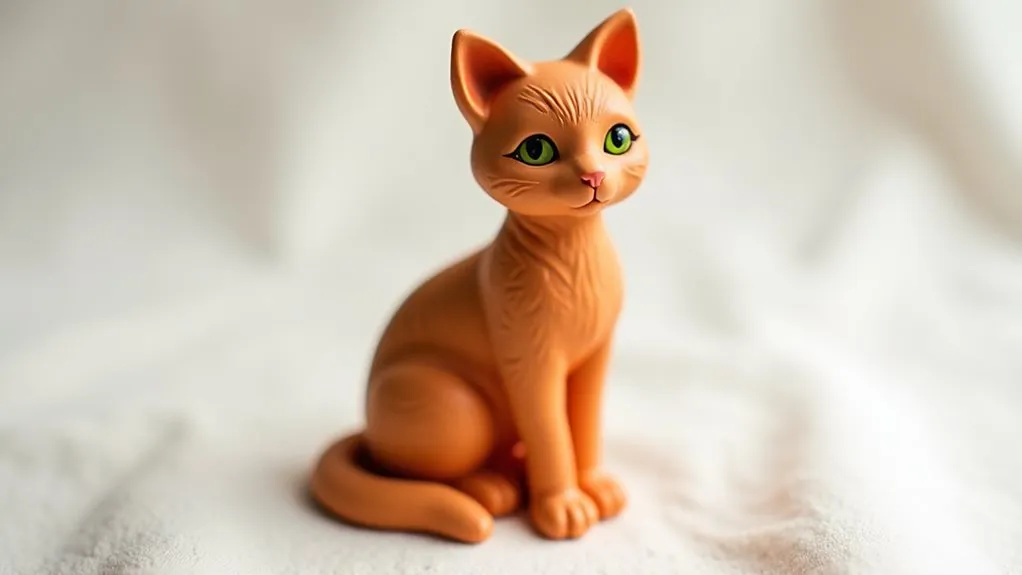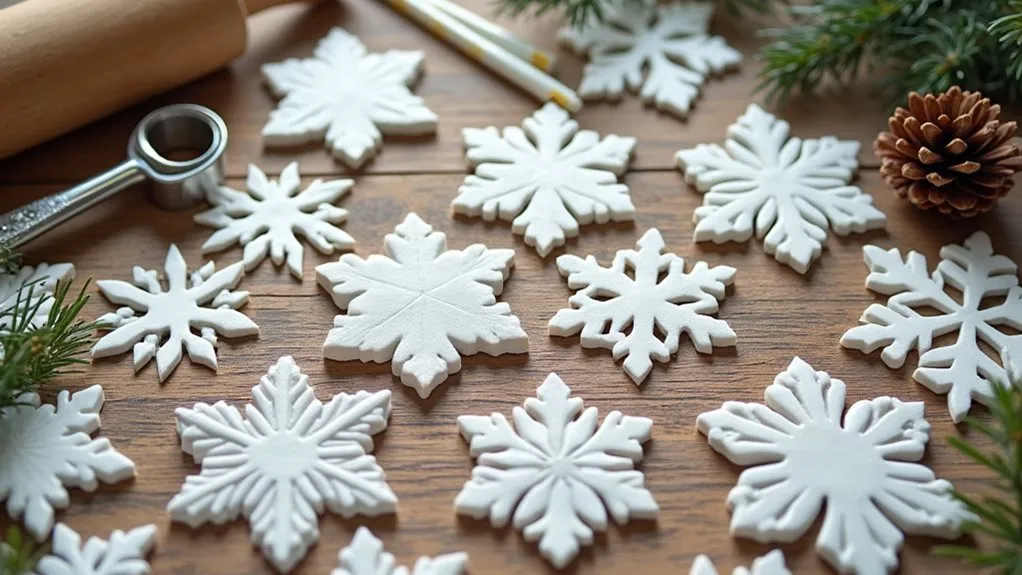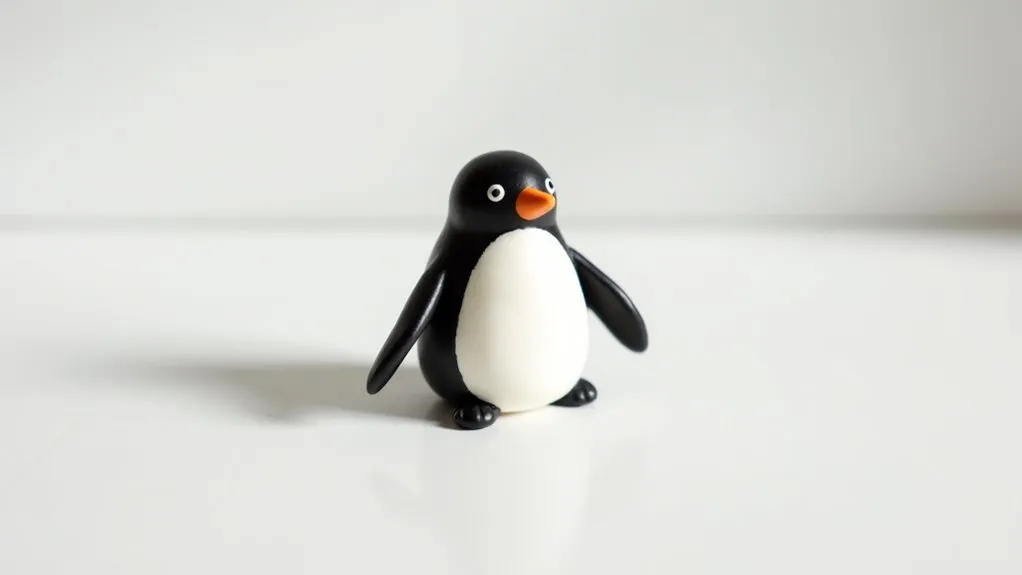Have you ever wondered if it is possible to reuse air dry clay? The idea of being able to mold and shape the material without having to use an oven or kiln can be appealing, but can this same piece of clay be used again after it has hardened?
Air dry clay can be reused if the clay has not fully dried out or hardened. It can be softened with water and kneaded to make it pliable again. However, if the clay has already hardened, it cannot be reused and will need to be discarded.
Air dry clay is a type of clay that hardens and dries when exposed to air. Unlike traditional clay that requires a kiln to harden, air dry clay is ready to use right out of the package, making it a favorite among crafters and artists. It can be used to create a variety of items, from sculptures and jewelry to home decor and more.
Applications of Air Dry Clay
Air dry clay is a versatile material that lends itself well to various applications in sculpture and art projects. Its ability to air dry means there is no need for baking or firing, making it a convenient choice for both children and adults.
Air dry clay can be used to create a wide range of sculptures, from small figurines to larger decorative pieces. Its pliable nature allows for easy molding and shaping, making it a popular choice among artists and crafters looking to bring their ideas to life. Additionally, air dry clay can be painted and decorated once it has completely dried, allowing for further customization and personalization.
However, it is important to note that air dry clay has its limitations. While it is great for creating decorative pieces, it may not be suitable for functional items that come into contact with water. Air dry clay softens when exposed to moisture, which can cause it to lose its shape or even dissolve. Therefore, it is best to avoid using air dry clay for items like plant pots or dishes that will come into contact with water.
Overall, the applications of air dry clay are vast, making it a versatile material for creating sculptures and art projects. Its ease of use and ability to air dry make it a popular choice among artists and hobbyists. Just remember to keep its limitations in mind when deciding on the type of project you want to undertake.
Benefits of Reusing Air Dry Clay
Reusing air dry clay not only benefits your wallet, but it also contributes to a more sustainable practice. By reusing dried clay, you can save money on materials and reduce waste.
One of the main advantages of reusing air dry clay is its cost-effectiveness. Instead of constantly purchasing new clay, you can simply revive and reuse dried clay that you already have. This can lead to significant savings over time, especially for artists and crafters who regularly work with clay.
Moreover, reusing air dry clay is a sustainable practice that helps reduce waste. Rather than throwing away dried clay scraps or unused pieces, you can easily revive them by adding a few drops of water and kneading the clay until it becomes pliable again. This not only saves money but also minimizes the amount of clay that ends up in landfills.
Another advantage of reusing air dry clay is its versatility. Once revived, the clay can be molded and shaped to create new sculptures or decorative pieces. It can also be painted and decorated, allowing for further customization and personal expression.
In conclusion, the benefits of reusing air dry clay are twofold – it saves money on materials and contributes to a more sustainable practice by reducing waste. So, rather than discarding dried clay, consider giving it new life by simply adding water and reusing it for your creative projects.
How to Store Air Dry Clay
When it comes to storing air dry clay, proper storage is essential to ensure that the clay remains usable and in good condition.
One of the most important factors to consider is keeping the clay airtight to prevent it from drying out. This can be achieved by placing the clay in a sealed container, such as a zip lock bag or an airtight container.
It is also important to keep the clay away from moisture and excessive heat, as this can affect its ability to dry properly.
Storing the clay in a cool, dry place is recommended.
Additionally, it is advisable to separate different colors or types of clay to prevent them from sticking together.
By following these storage guidelines, you can prolong the shelf life of your air dry clay and ensure that it can be reused for future projects.
Airtight Container
When working with air dry clay, it is important to store it in an airtight container to prevent it from drying out. Air dry clay is designed to dry and harden when exposed to air, making it essential to keep it in an airtight container when not in use.
Exposure to air can cause the clay to harden and become unusable. This can be problematic if you are in the middle of a project and need to save any leftover clay for future use. By storing the clay in an airtight container, you can extend its shelf life and keep it moist and pliable for longer periods of time.
Using an airtight container also allows you to control the drying process of the clay. This is particularly important in dry climates or if you live in an area with low humidity. By keeping the clay in an airtight container, you can slow down the drying process and prevent it from becoming too dry and unworkable.
Additionally, an airtight container can help keep your workspace clean and organized. It prevents the clay from drying out and creating a mess or dust in your work area. It also protects the clay from any potential damage or contact with water, which could alter its consistency.
To ensure the longevity of your clay and to keep it moist and pliable for your projects, storing it in an airtight container is essential. It not only prevents the clay from drying out and hardening but also allows you to have more control over the drying process. So, whether you are a professional artist or a hobbyist, investing in an airtight container for your air dry clay is highly recommended.
Separate Containers for Different Types of Clay
When working with different types of clay, it is essential to use separate containers for each type. This practice ensures that each clay retains its unique properties and characteristics, avoiding any unwanted mixing or contamination.
Storing different types of clay together can lead to unwanted consequences. For example, if you mix air-dry clay with pottery clay, the air-dry clay may absorb moisture from the pottery clay, altering its drying time and consistency. Similarly, if you combine soft clay with harder types of clay, the soft clay may become more difficult to shape or mold due to the influence of the harder clay.
Moreover, clay can also become discolored or contaminated when stored together. For instance, if you keep white clay and colored clay in the same container, the colors may transfer and result in a muddy or undesired shade. Additionally, particles and impurities from one type of clay can easily cling to another type, compromising the purity and quality of both.
To maintain the integrity of each clay type, it is crucial to use separate containers. This way, you can prevent any unintentional mixing, contamination, or discoloration. By practicing proper clay storage techniques, you can fully appreciate the unique properties and potential of each clay type in your artistic endeavors.
Preparing Air Dry Clay For Reuse
If you find yourself with leftover or partially dried air dry clay, you may be wondering if it can be reused. The good news is that air dry clay can indeed be prepared for reuse, allowing you to make the most of your materials and reduce waste.
To begin, gather all the scraps and leftover pieces of air dry clay. Break them up into smaller chunks to make them easier to work with.
Next, add a few drops of water to the clay and knead it thoroughly. Gradually add more water as needed, until the clay reaches a soft and pliable consistency.
Be careful not to add too much water, as this can make the clay too sticky.
Once the clay is fully kneaded and rehydrated, it can be used again for your next creative project.
Remember to store any unused clay in an airtight container to prevent it from drying out. By following these simple steps, you can effectively prepare air dry clay for reuse and make the most of your artistic endeavors.
Final Thoughts
Proper storage is key to extending the life of your air dry clay. Keep unused clay in a sealed, airtight container to prevent it from drying out. You can also wrap it in plastic wrap for added protection.
Plan Your Projects: Before you start crafting, plan out your project and estimate how much clay you will need. This can help prevent you from opening more clay than necessary.
Use Leftover Clay: If you have small amounts of leftover clay, consider using them for smaller projects or for practicing new techniques. You can also use leftover clay to create decorative accents or small sculptures.
While air dry clay cannot be reused once it has dried, proper storage and planning can help you make the most of your clay and reduce waste. Remember, creativity is the key when it comes to crafting with air dry clay!



